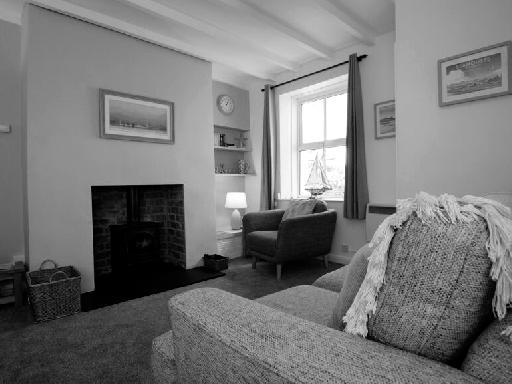
4 minute read
What Did the Romans Do For Us? (Alf Bennett
Anyone who has ever watched Monty Python's, “Life of Brian”, will remember John Cleese saying, “yes but apart from the aqueduct, sanitation and the roads, what have the Romans done for us”. The answer for many was a lot. The Romans rst invaded in 55 BC led by Julius Caesar, but soon left. They did not return to Britain for almost 100 years until 43 AD, when they invaded again but this time they stayed until their departure in 410 AD. During the almost 400 years of occupation, they did have a signicant effect on the country. Here are just a few facts about what they really gave us. Roads – Let's start with the most well known. Prior to the Romans we only had muddy tracks. During their stay they built a network of over 2000 miles of major paved roads across the country. These were the motorways of the day facilitating military communications and linking major towns. Where possible roads were built in straight lines to provide the most rapid route. Some of the most important roads were: Dere Street – from York to the Antonine Wall (the northern most frontier of the Roman Empire between the Firths of Forth and Clyde), 180 miles in length. Fosse Way – from Exeter to Lincoln, 220 miles in length. Ermine Street – from London to York, 200 miles in length. On the major roads, about every 12 miles, which was a typical day's journey for a large ox drawn wagon, (not exactly a next day delivery service or Amazon Prime), was a Mansio, a full-scale wayside inn, complete with stables and rooms and food for travellers (they were the rst motorway service stations). However, all roads were not in a good state of repair as shown by the number of soldiers' complaints about the roads detailed in records found at Vindolanda. Potholes are not a recent problem, they also existed in Roman Britain. Towns – large settlements existed in Britain before the Romans arrived, but they were the rst to introduce signicant towns and administrative centres. Londinium, Aqua Sulis (Bath) and Lindum Colonia (Lincoln) are examples of Roman towns. Along most roads were regular milestones indicating distances to major settlements. Plumbing and Sanitation – keeping towns and forts clean through good drainage and access to fresh water was a new concept in Britain. Before the
Romans we were a pretty dirty nation with little attention to personal hygiene. The key to this success was the building of aqua ducts to transport water. Toilets and bathhouses were mostly communal, and the baths not that hygienic as they rarely had plug holes and the water was used over and over again, (you would certainly want to be the rst one in). Bureaucracy – they were great record keepers and left a wealth of information about Roman Britain. The army especially had to complete records of food orders and inventories of weapons in triplicate. Introduction of new foods – Roman cuisine was a lot more elaborate than the standard British fare. They quickly introduced a wide range of fruits and vegetables including, turnips, carrots, cabbages, celery, onions, cucumbers, apples, pears and plums. Herbs and spices such as mint, coriander, rosemary and garlic. They also set up many vineyards and started the production of British wine. Rabbits were also introduced as a new food source. Perhaps the biggest effect was the introduction of ”street foods” providing “food to go”, just like Greggs today. Pies, pastries and sausages were introduced while the hamburger type food of today was invented by the Romans (if only they had taken a patent out on this…..can you imagine the royalties!). What we regard today as many of the staples of typical British food we owe to the Romans. The Calendar – the Julian Calendar with the year broken down into 365 days was introduced by the Romans and lasted for over a thousand years, until it was recalibrated in 1582 when leap years were added with the new Gregorian calendar. The Book – sheets of uniform size bound together along one edge, in between two larger stronger protective covers were developed by the Romans. As a result, for the rst time large amounts of written information could be concentrated into one transportable volume. Certainly, much better than carrying around information on stone tablets. Latin – the use of Latin as the standard language had a major impact on life as it became the language of religion, law and administration for well over a thousand years. Currency – some tribes in Southern England produced coins before the Romans invaded but thy were not used for purchasing things. Roman coins were standard across the Empire and were used for the purchase of everyday objects throughout Britain.





